Verona is home to many impressive historical landmarks from multiple eras and has ties to one of the most famous plays in the world. And yet, Italy is so rich in amazing destinations that the city is often left off of most Italy itineraries.
What’s nice about Verona is that you can cover it in a weekend, making it great for a city break. With a couple of days you’ll comfortably be able to include the best things to do in Verona. To ensure you don’t miss anything though, you’ll need a plan, which is where this Verona itinerary comes into play. It’s the key to knowing what to do in Verona in 2 days to make the most of your visit.
Best Time to Visit Verona
When planning your weekend in Verona, the first thing you want to consider is the timing of your visit. In order to pick the right time for your trip, you need to consider things like weather and high season. The last thing you want is dreadful weather, long lines of tourists, or overpriced accommodation.
High season in Verona is the summer months of July and August when hot weather and the Verona Arena Opera season draw in big crowds. Unless either of those things is essential for your visit, it’s best to look at other times of year. Instead, the best time to visit Verona is either side of summer, in spring and autumn. The months of May, June, September, and October are considered the shoulder season and offer visitors good weather and more reasonable prices.
Coming to Verona in winter has its trade-offs. On the positive side, it’s low season so there’s the potential for good prices on accommodation and there won’t be lots of other tourists around. However, the winter months of December through February are generally cold and wet, plus some attractions may have limited opening hours or simply be closed.
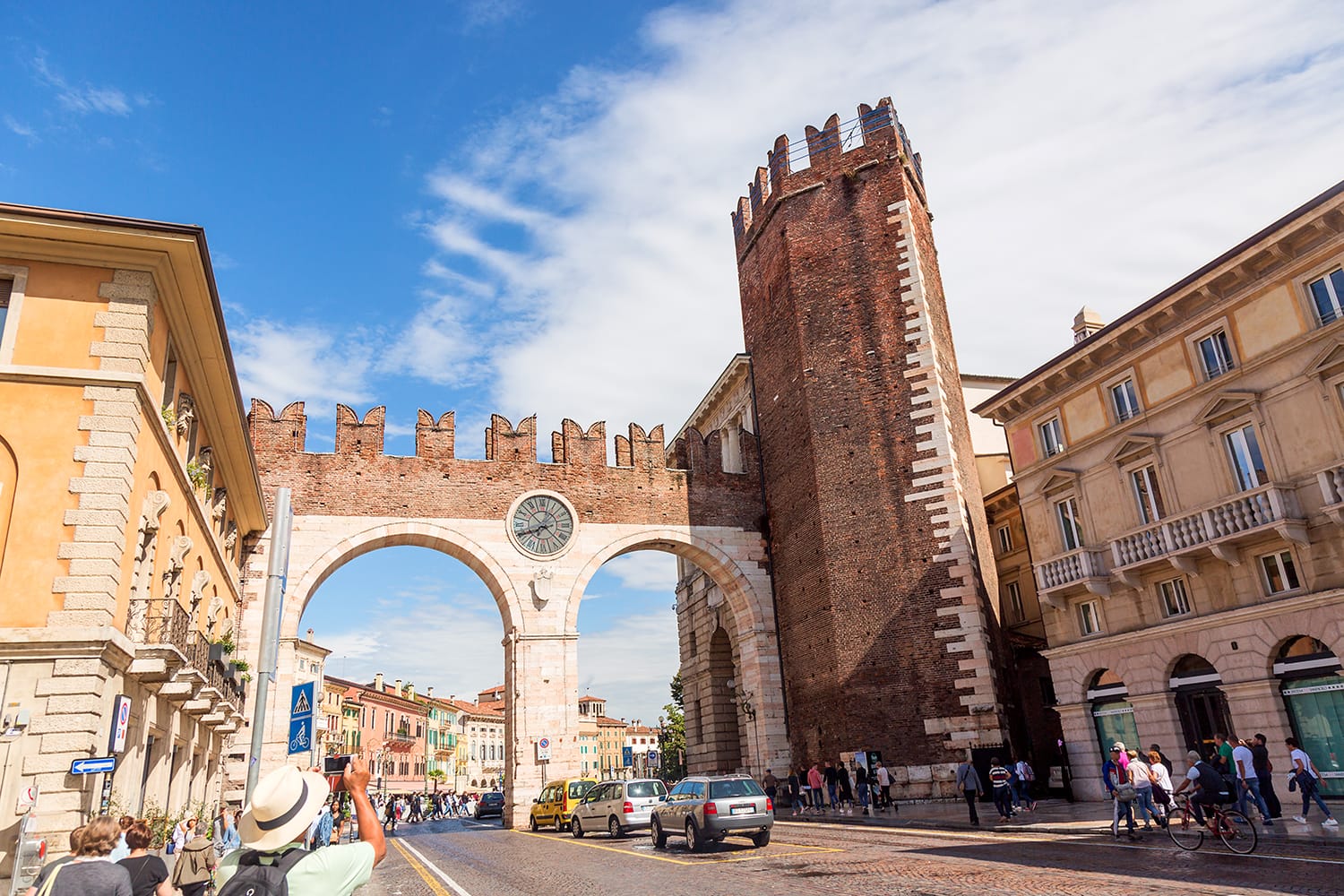
How to Get Around Verona
While visiting Verona, you’ll need to think about how to make your way around the city. In two days you’ll be heading to several different parts of the city, so it’s important to know what options you have for getting around.
More often than not, walking will be your best means of getting around, especially within the historical center of Città Antica. Besides walking, your only alternative is the city’s bus network. Buses run throughout the city and can help save time if you’re traveling longer distances. Tickets are sold at bus stations, as well as newsagents and tobacconists. A single trip ticket costs €1.30, while a ten trip ticket costs €11.70.
Another popular way to get around for tourists is on a hop-on hop-off bus. The bus stops at all the city’s main attractions and landmarks, and you are allowed to hop on and off whenever you like with a single ticket purchase. You can buy a ticket for the hop-on hop-off bus here.
Along with options like the train and bus, it’s also possible to fly into the city via Verona Airport. To make your way into the city from the airport, take the Aerobus Shuttle to Verona Porta Nuova train station. Buses run every 20 or so minutes, cost €6, and take 15 minutes to reach the train station near the city center.
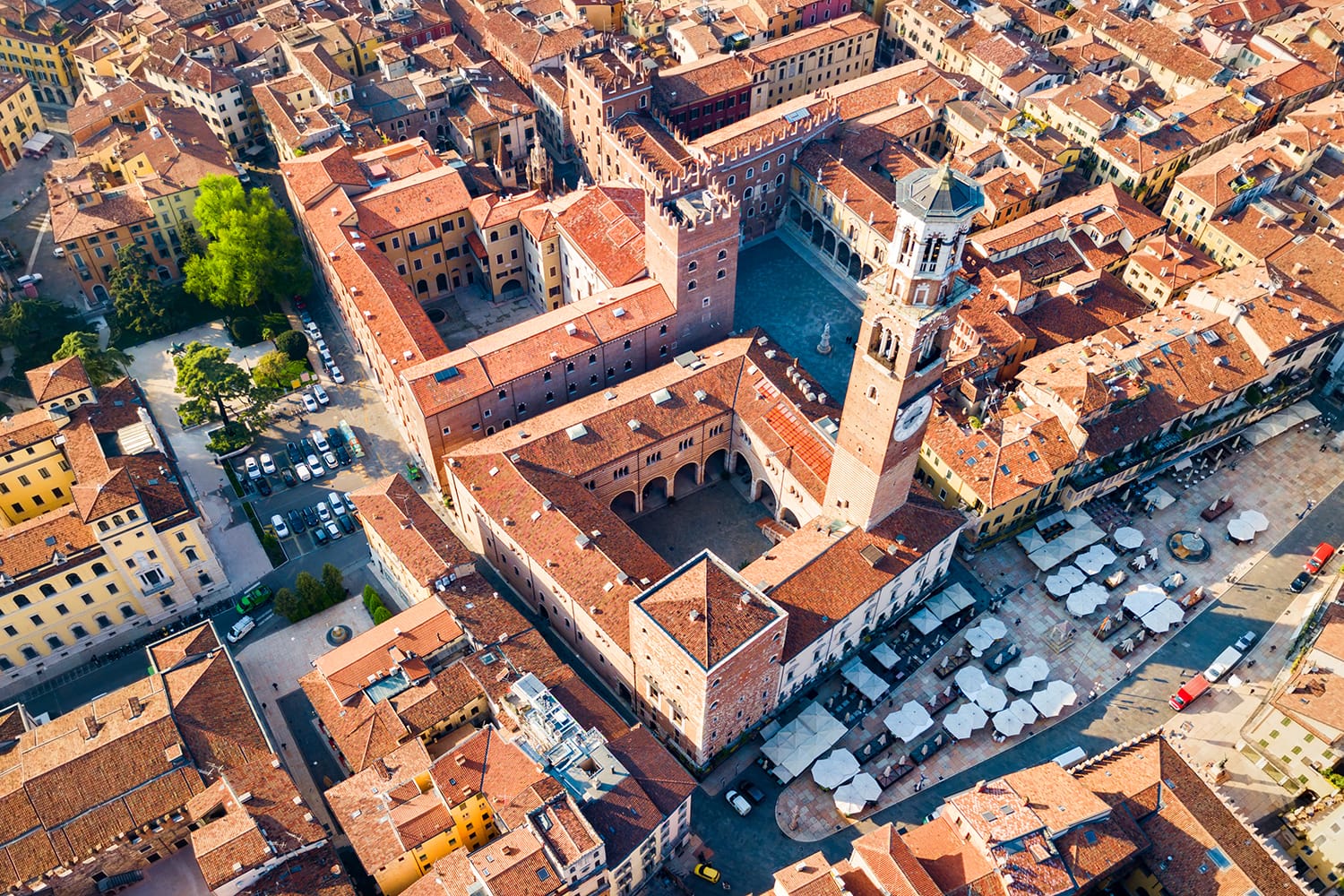
Where to Stay in Verona
The city of Verona isn’t large and visitors will be mostly focused on a few specific parts of the city, making the decision of where to stay in Verona fairly simple. Many of the best places to stay in Verona are in or near the Old Quarter, the Città Antica.
If you’re looking to surround yourself in luxury and refinement, stay at the Due Torri Hotel in the heart of Verona’s Old Town. Rooms feature classic decor complete with antique furniture and marble bathrooms, plus the breakfast and staff are both truly excellent.
For a nice mix of home comforts, style, and affordability, Arsenale Suites is a great place to come back to. The B&B comes with a great breakfast in the morning, a private garden, and Netflix access.
Another possibility for accommodation is Airbnb. You can even get up to $55 off your next Airbnb booking if you use our link.
Verona isn’t exactly the cheapest place to visit in Italy, but places like StraVagante Hostel offer unbelievable quality for a great price. Offering dorms and private rooms, this hostel is conveniently close to the city center and train station and has a clean, modern feel to it.
For more accommodation options in Verona check out Booking.com. They continuously offer the best rates and their custom service is on point.
The Perfect 2-Day Verona Itinerary
Verona is loaded with places to visit and explore, so you won’t be left wondering what else to do with your two days there. It’s very much a city of history and culture that’s worth dedicating a little time to. In order to experience the best of Verona, you’ll need to move around the city quite a bit, as the best places to visit in Verona are not only found in Città Antica, but also in areas like San Zeno and Veronetta.
However, before we get to our Verona itinerary, we just wanted to remind you to purchase travel insurance. You never know what will happen and, trust us, you do not want to get stuck with thousands of dollars in medical bills. As a wise man once said, “If you can’t afford travel insurance, you can’t afford to travel.” So don’t leave home without it.
SafetyWing offers travel insurance for only about $10 a week, making it a no-brainer to get. You can get a quick, non-binding quote below:

SafetyWing is, of course, not the only option available. Two other popular alternatives are World Nomads and Heymondo.
With that important note covered, it’s time to dive into all the great attractions included in this Verona travel itinerary. Following our guide, you’ll have plenty of interesting things to see with 2 days in Verona.
Day 1 in Verona
The sensible way to start your visit off is with the many attractions that make Verona’s historic center such a remarkable place.
Recommendation: If you want to save time and money, consider buying the Verona Card. This card not only allows you to skip the lines to dozens of museums and attractions including the Verona Arena, but you can also use Verona’s buses for free!
Verona Arena
The city’s largest landmark is hard to miss and is bound to draw your attention. Dominating a square in the historical center is the huge Verona Arena. This Roman amphitheater still stands tall despite dating from the first century. Made from marble with the slightest hint of pink to it, the amphitheater is not only huge but also quite beautiful.
With a capacity of 30,000 people, the Verona Arena was the eighth biggest in the Roman world. You’re sure to get a sense of its scale when you take a look inside the amphitheater and climb up it’s many rows of seats. Incredibly, it’s still used for concerts and operas to this day.
If you want to learn about the history of the Verona Arena, consider booking a guided tour with a licensed guide. You can book a guided tour of the Verona Arena here.
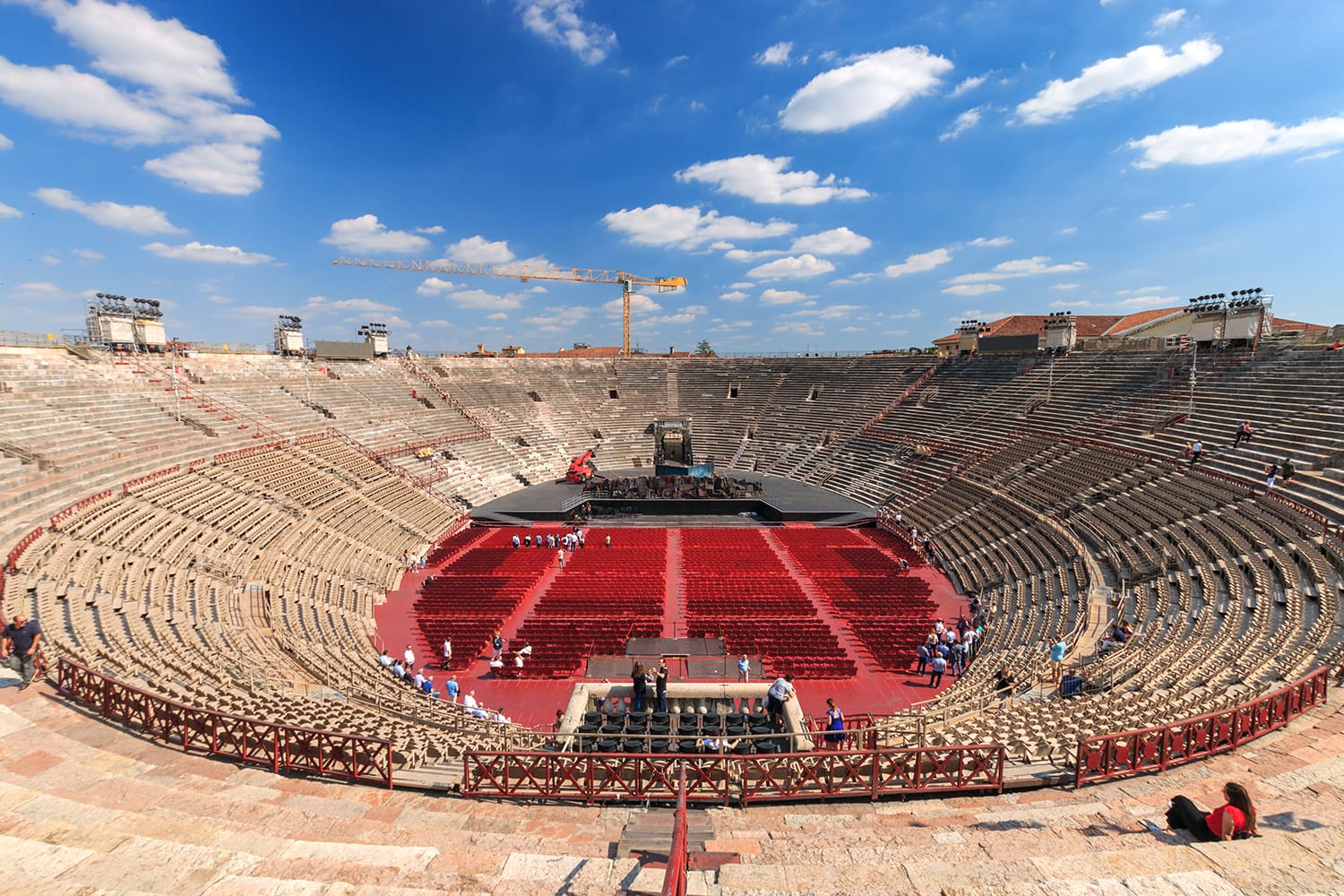
Castelvecchio
Heading down to the Adige River, you’ll come to the next spectacular sight in Verona, the fortified castle of Castelvecchio. A medieval marvel of the city, this 14th-century castle also boasts one of Verona’s most magnificent bridges, the Ponte Scaligero. Today, Castelvecchio hosts a museum with paintings and other art pieces from the Renaissance period, as well as artifacts and weapons from the Middle Ages. Make sure to check out the views from the castle’s ramparts to see more of Castelvecchio and the nearby river.
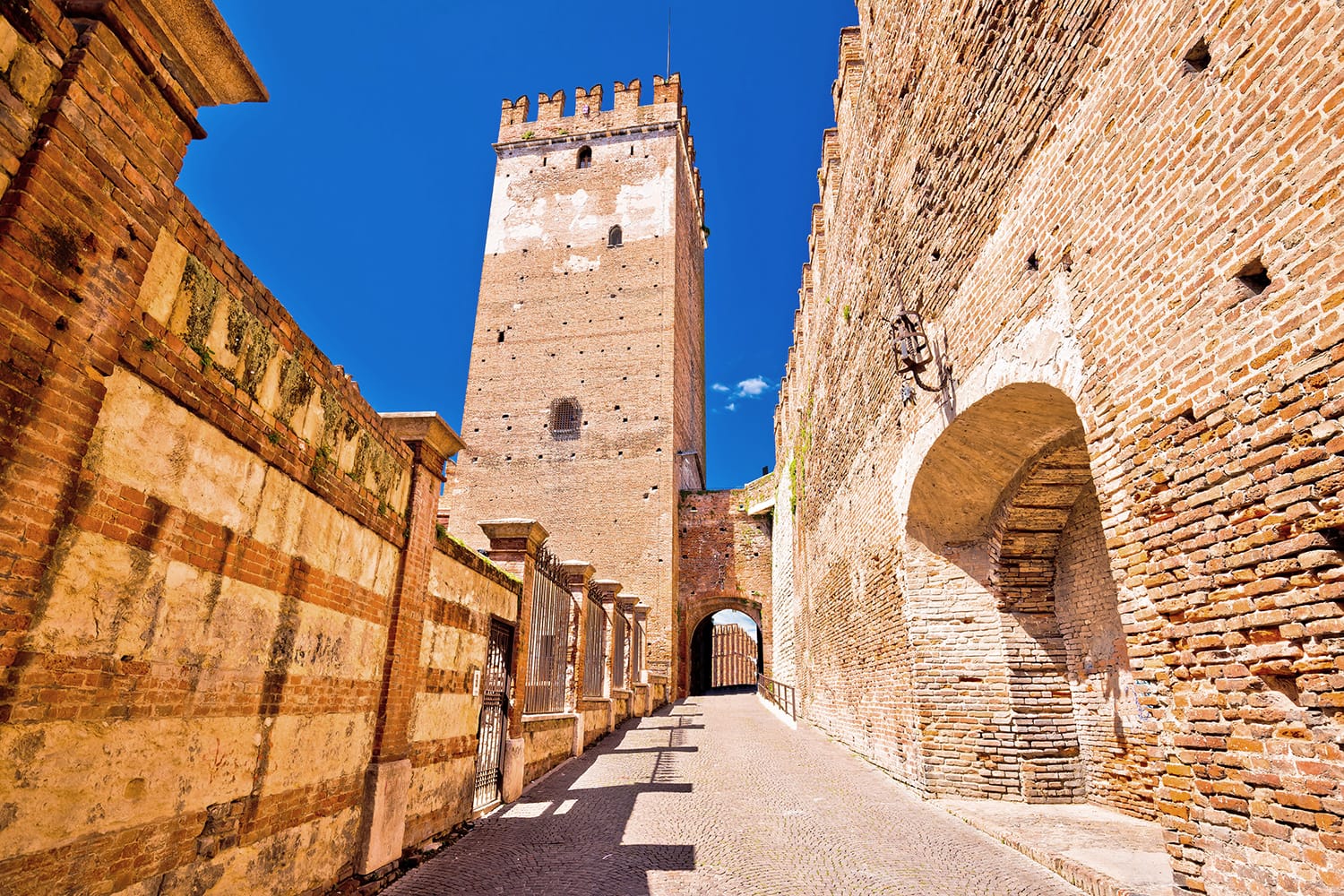
Basilica di San Zeno Maggiore
It wouldn’t be a trip to Italy without a visit to at least one church, so head for the San Zeno Basilica. Not only does this basilica have an impressive Romanesque design and detailed bronze doors, but also a pleasant little cloister from which you enter. The doors are worth spending a moment admiring as they come from the 12th century and feature vivid biblical scenes. Once inside, you’ll find quite a few frescoes covering the walls.
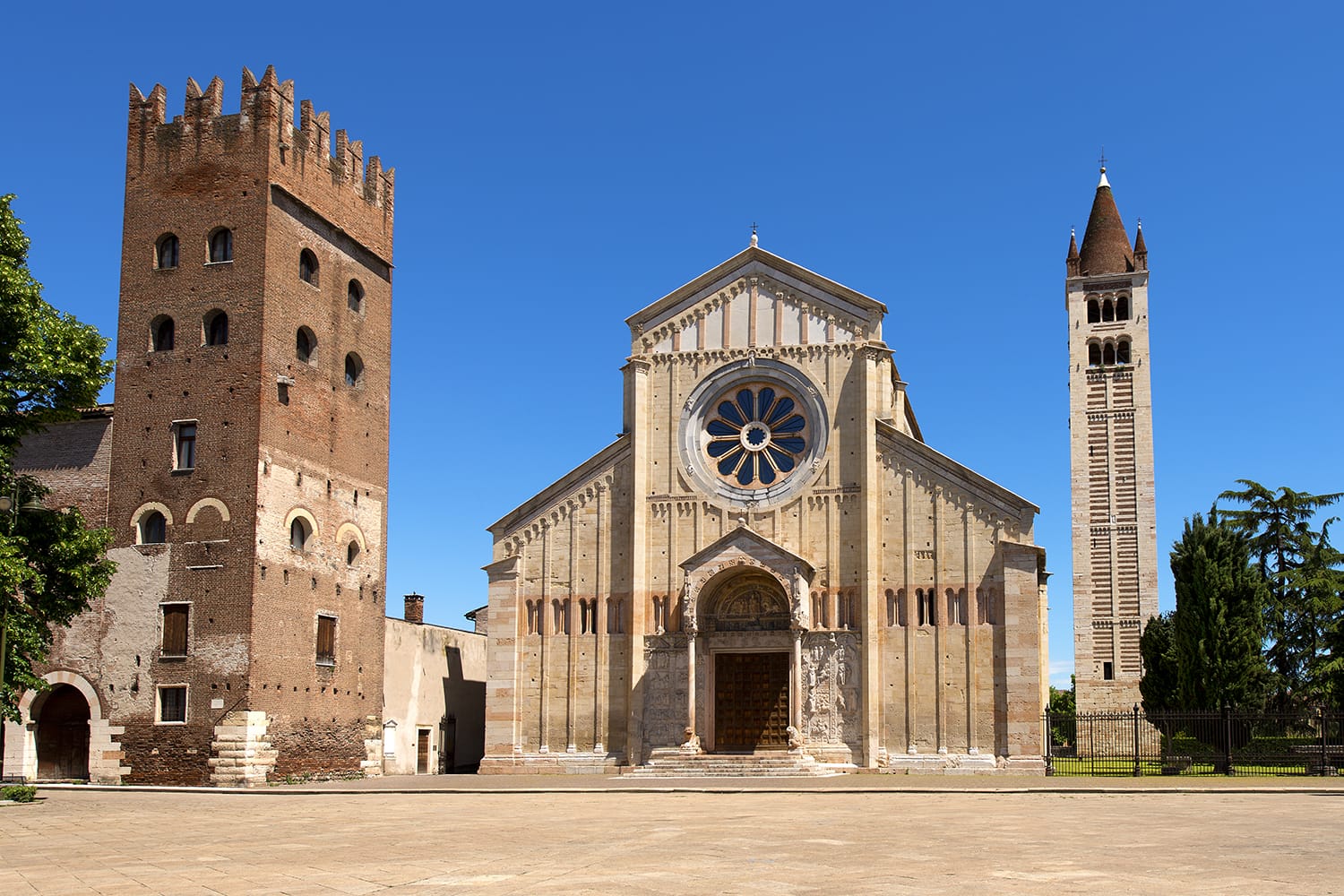
Porta Borsari
Another of Verona’s ancient Roman landmarks worth visiting is the Porta Dei Borsari. This Roman gate was once the main entrance to Verona along the Via Postumia road and dates back to the first century. While you can only see the gate’s front, there are visible carvings from the time.
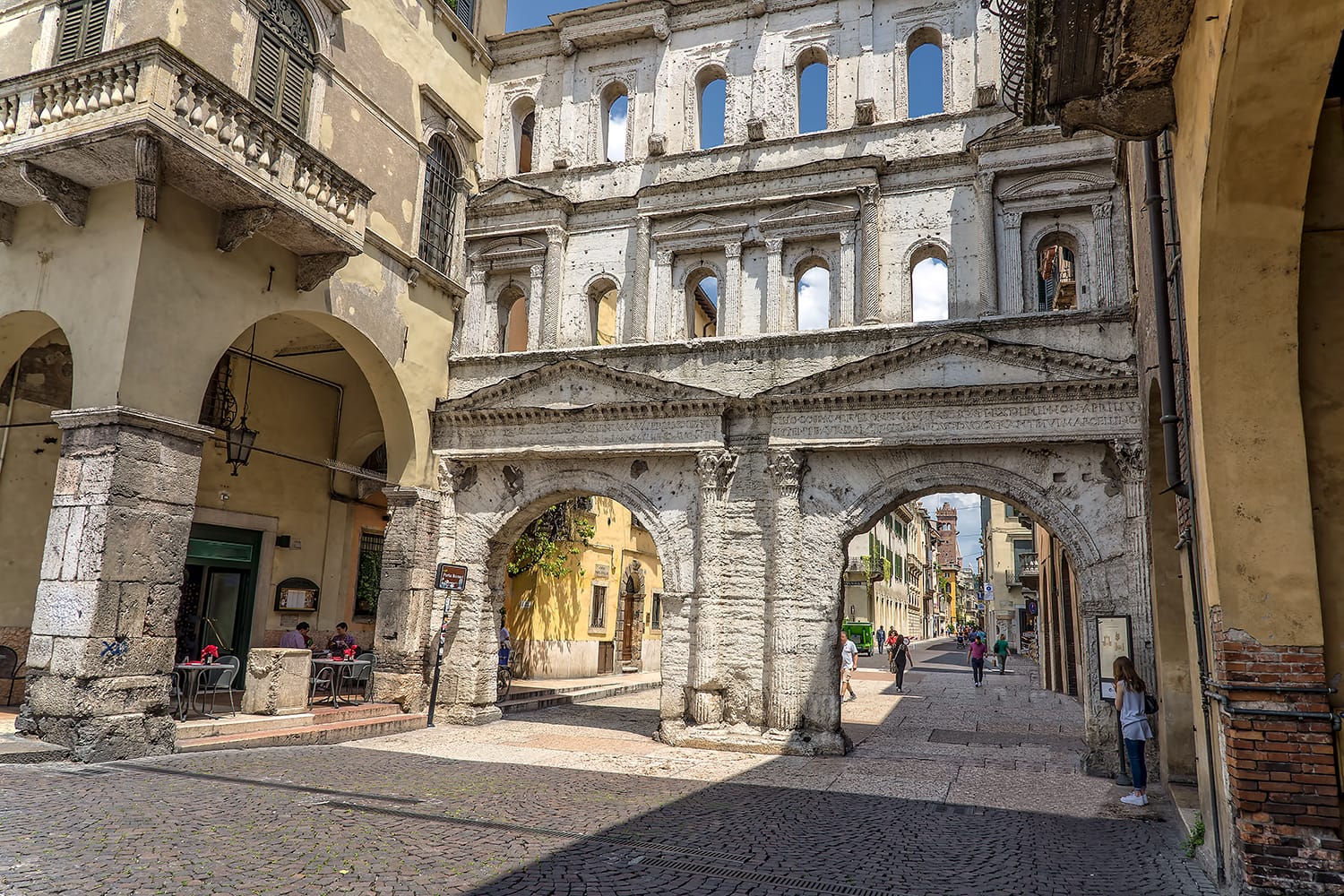
Piazza delle Erbe
Most European cities have a grand main square and in Verona that square is the Piazza delle Erbe. Sitting right in the heart of the historic quarter, the square was once the town forum under the Romans. Although there are a number of striking buildings that line the edges of Piazza delle Erbe, the Torre dei Lamberti is the one that really stands out. This 84m-high bell tower took more than two hundred years to finish and has watched over Verona since 1463. If you’re after views of Verona, you’re going to want to take a trip up. You can buy your skip-the-line ticket to the Lamberti tower here.
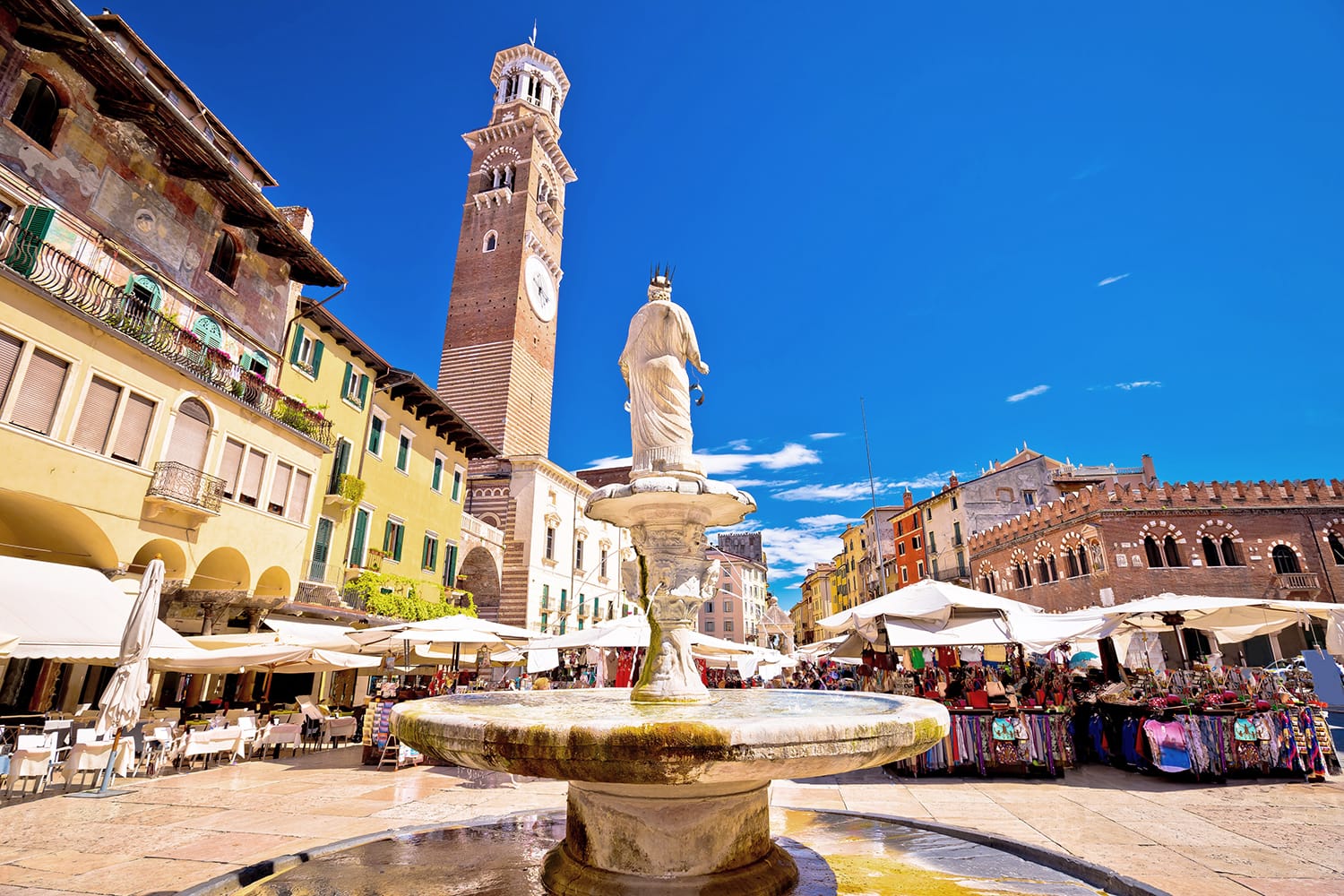
Juliet’s House
Verona is well known for its link to Romeo and Juliet, and there is a place called Juliet’s House which you can visit. There’s no actual connection to Shakespeare’s play, so it’s essentially a kitsch tourist trap trading off the romantic imagery of the play. Still, the famous Juliet Balcony is quite a romantic sight, and the bronze of Juliet below is said to grant good luck if you rub her breast. Nevermind going into the house though, you won’t find much inside worth seeing.
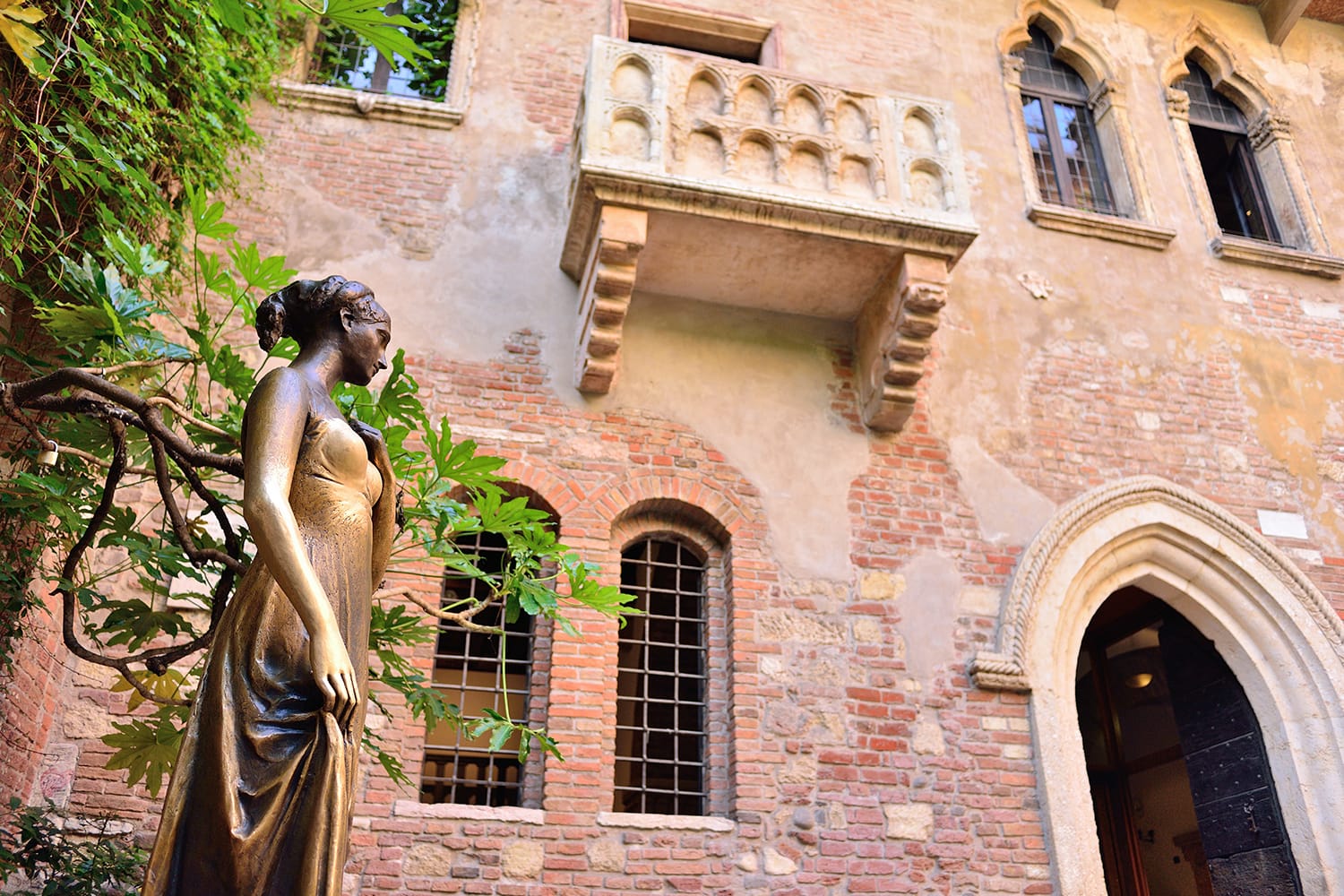
Piazza dei Signori
Make the short trip back to the Piazza delle Erbe, and pass through the Arco della Costa from where you’ll soon find yourself in the Piazza dei Signori, another elegant square. Whereas Piazza delle Erbe is busy and full of outdoor cafe seating, Piazza dei Signori is nice and quiet which lets you admire its exquisite collection of palaces and buildings in peace. This includes the Renaissance architecture of the Palazzo Podestà, the otherside of the Palazzo della Ragione that also sits on Piazza delle Erbe, plus the beautiful Loggia del Consiglio. At the center of all of this is a statue of Dante Alighieri, the Italian poet.
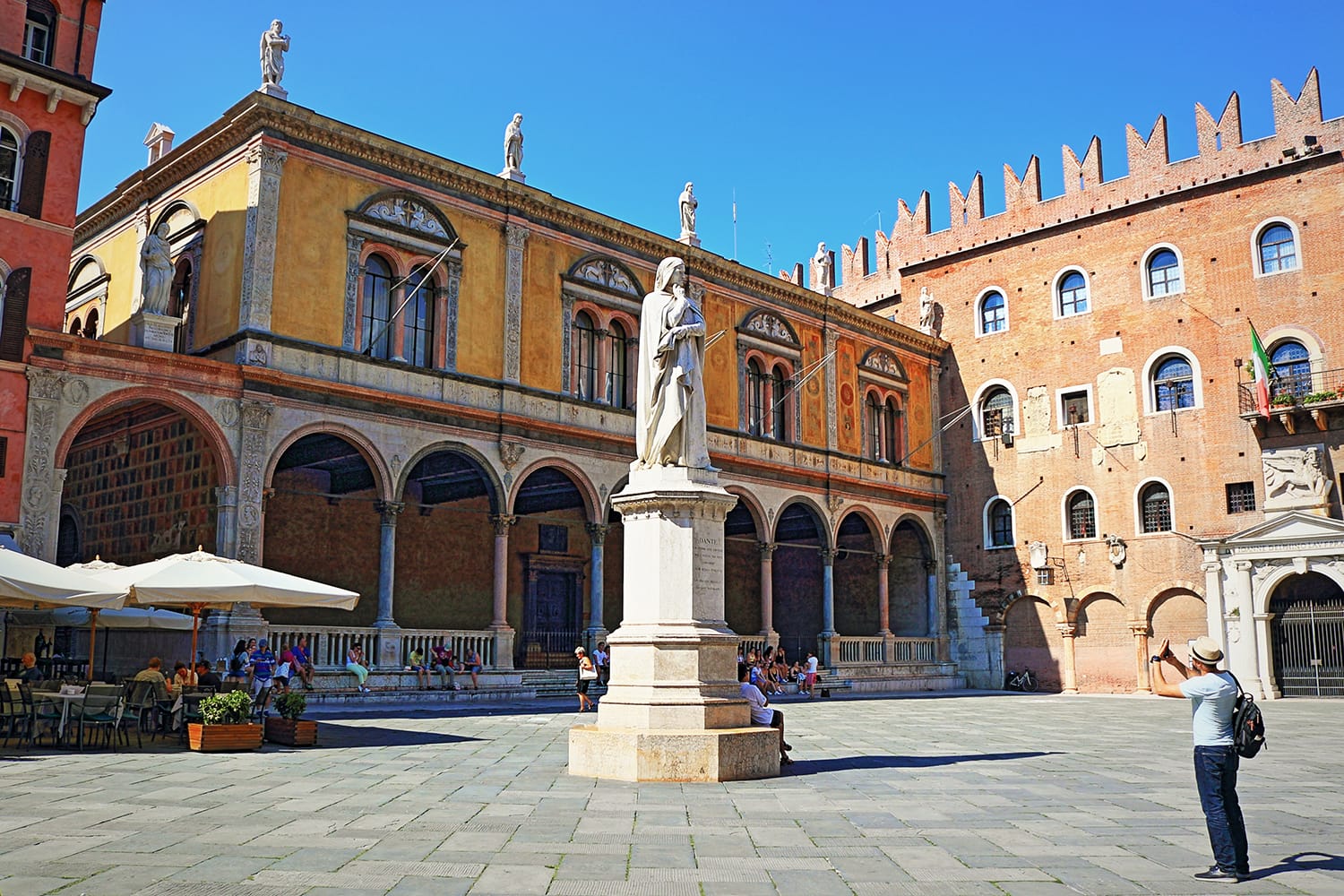
Scaliger Tombs
Just off Piazza dei Signori lies a landmark celebrating one of Verona’s most prominent families, the Scaliger family. Once the ruling family of Verona during the 13th and 14th centuries, five elaborate Gothic funerary monuments stand as tombs in their honor. The Scaliger Tombs are each surrounded by ornate ironwork to match the equally ornate tombs and sarcophagi. It’s not a large site, but the craft on display with the tombs is quite something.
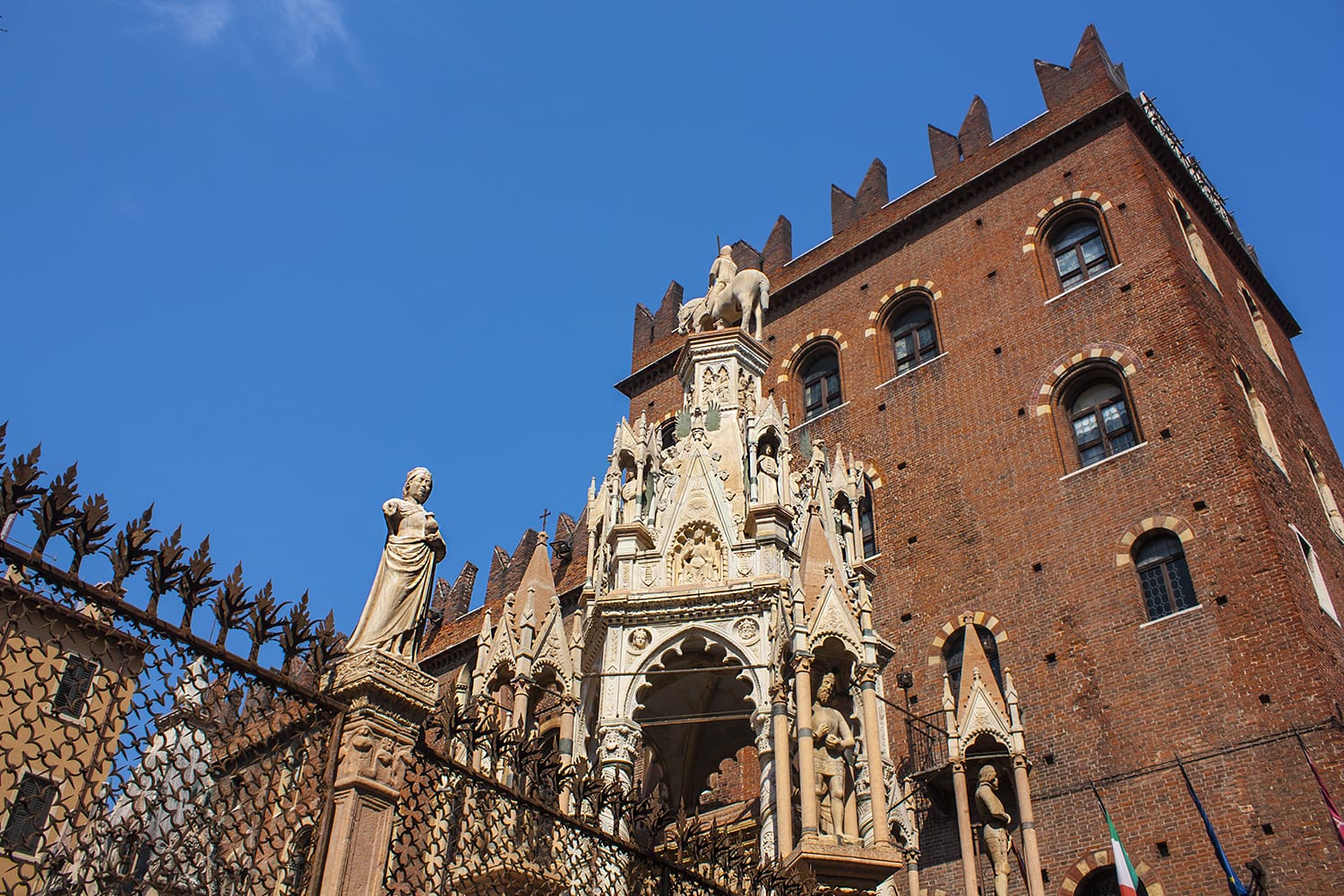
Day 2 in Verona
There’s plenty more of the city to discover before your 48 hours in Verona are up. For day two, start in the historic center again before continuing on to other parts of the city, particularly Veronetta across the river.
Sant’Anastasia Church
Beginning up in the northern part of Verona’s Città Antica is the Gothic landmark of the Sant’Anastasia Church. It took the Dominicans of Verona 120 years to build this church which is made of brick and marble. There are many details to take in as you walk through the church aisles, including two little hunchback figures on the first two columns.
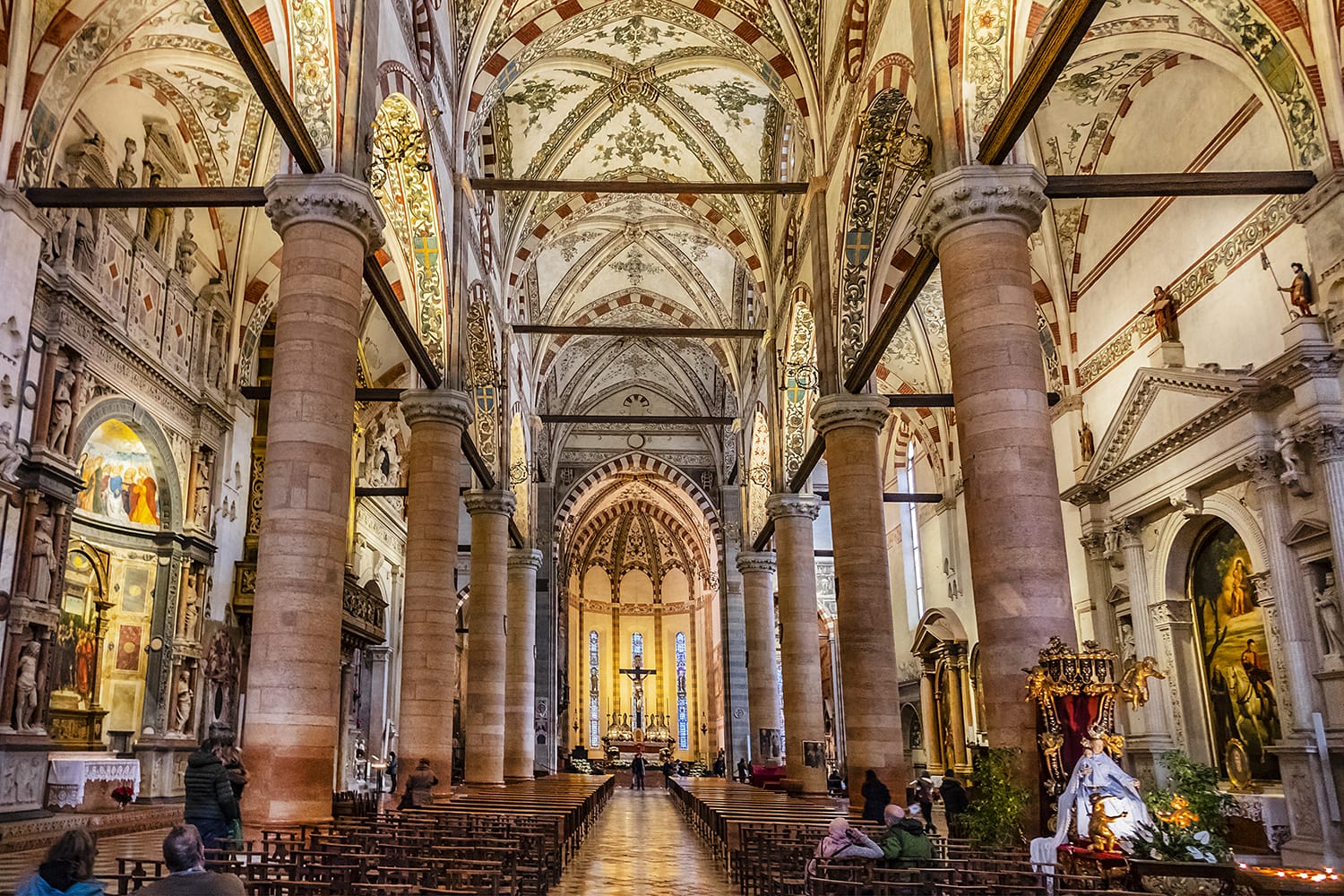
Verona Cathedral
The last of the religious landmarks to see in Verona is perhaps the city’s most important; the spectacular Verona Cathedral aka. Duomo Santa Maria Matricolare. Although it isn’t as large or outwardly glamorous as some Duomos in Italy, this pretty Romanesque cathedral has some real treasures inside. You’ll find several intimate chapels, a vaulted ceiling, and fantastic frescoes around the apse. It’s also the home to a painting by the famous Italian painter Titian, called the “The Assumption of the Virgin”.
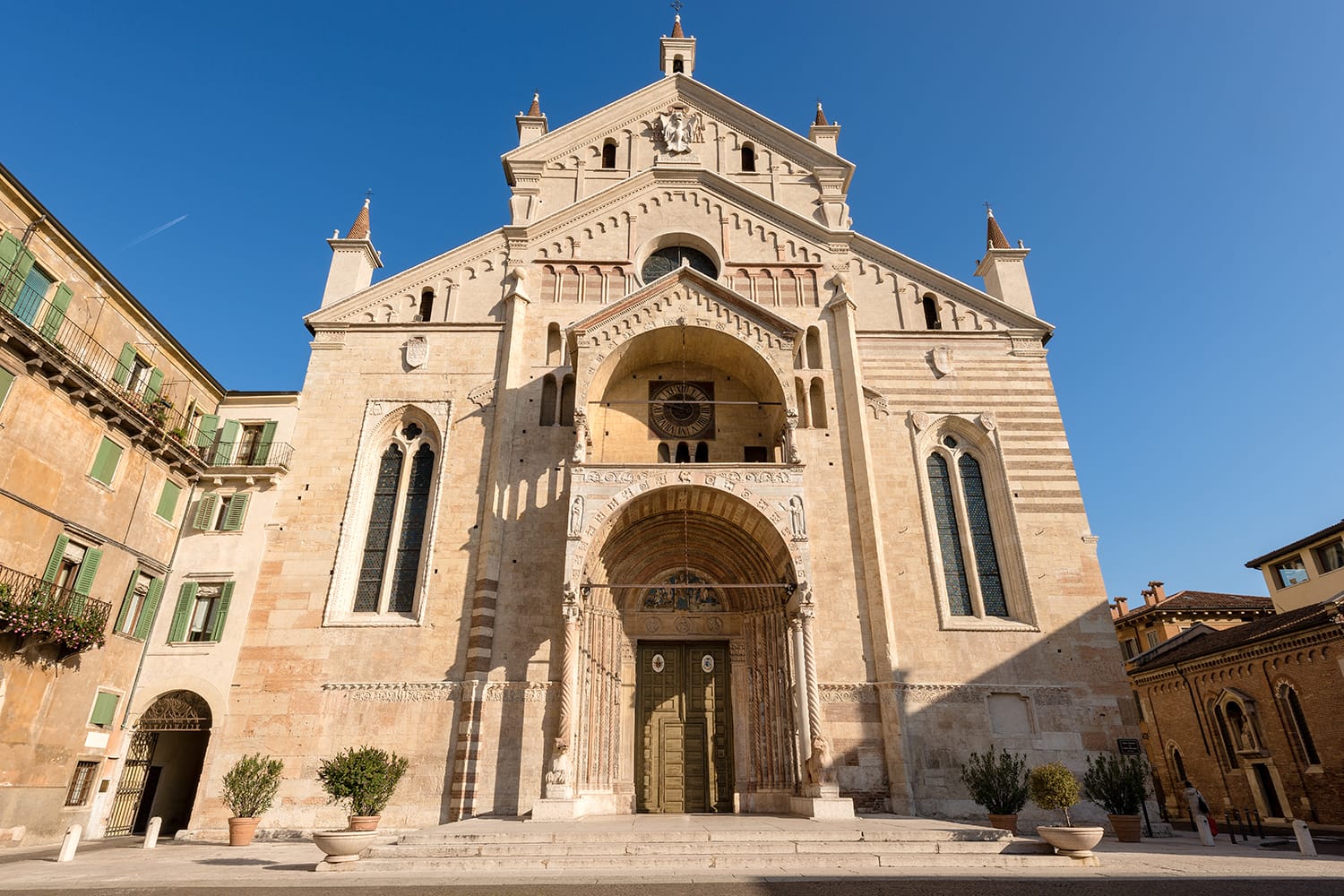
Ponte Pietra
Walking to the Adige River nearby you’ll find another of Verona’s iconic bridges, this time the Ponte Pietra. This bridge dates back to the era of the Romans, with two of the bridge’s arches dating from the 1st century B.C. It’s yet another testament to the Roman heritage of the city and their skilled craftsmanship. Even the newer parts of the bridge are medieval renovations from the 13th century. Besides admiring the bridge itself, the Ponte Pietra offers pedestrians splendid views along the city’s river in either direction.
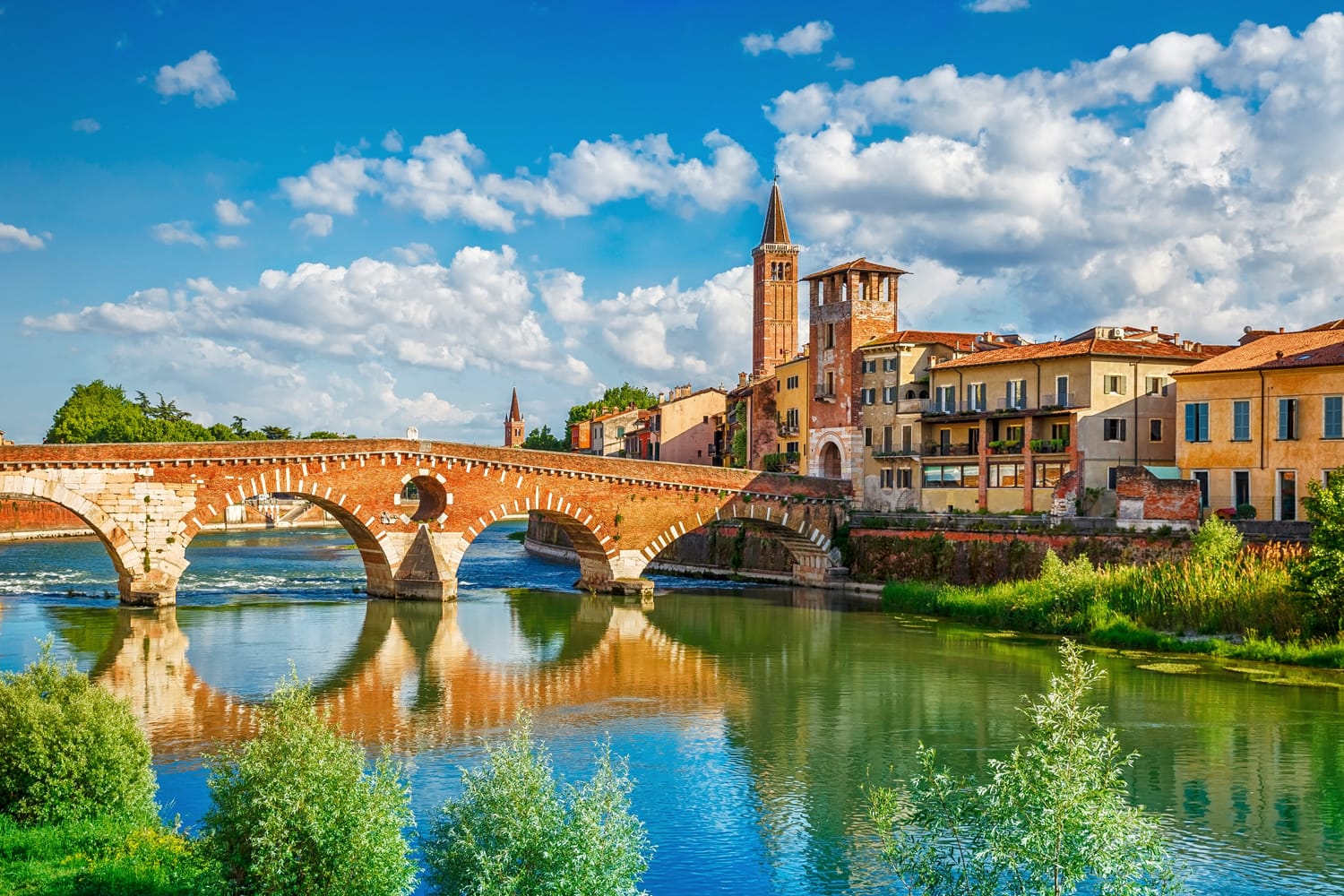
Roman Theatre
Your tour of Verona’s Roman remains ends across the Adige River at the city’s Roman Theatre. Not to be confused with the Roman Arena, this theater predates the arena as it was built in the 1st century B.C. Featuring the usual semi-circular shape, the theater follows the landscape up the hillside. As the site was abandoned for quite a long time, limited fragments beyond the seating and steps have been unearthed. Still, you certainly get a feel for what the theater might have once looked like.
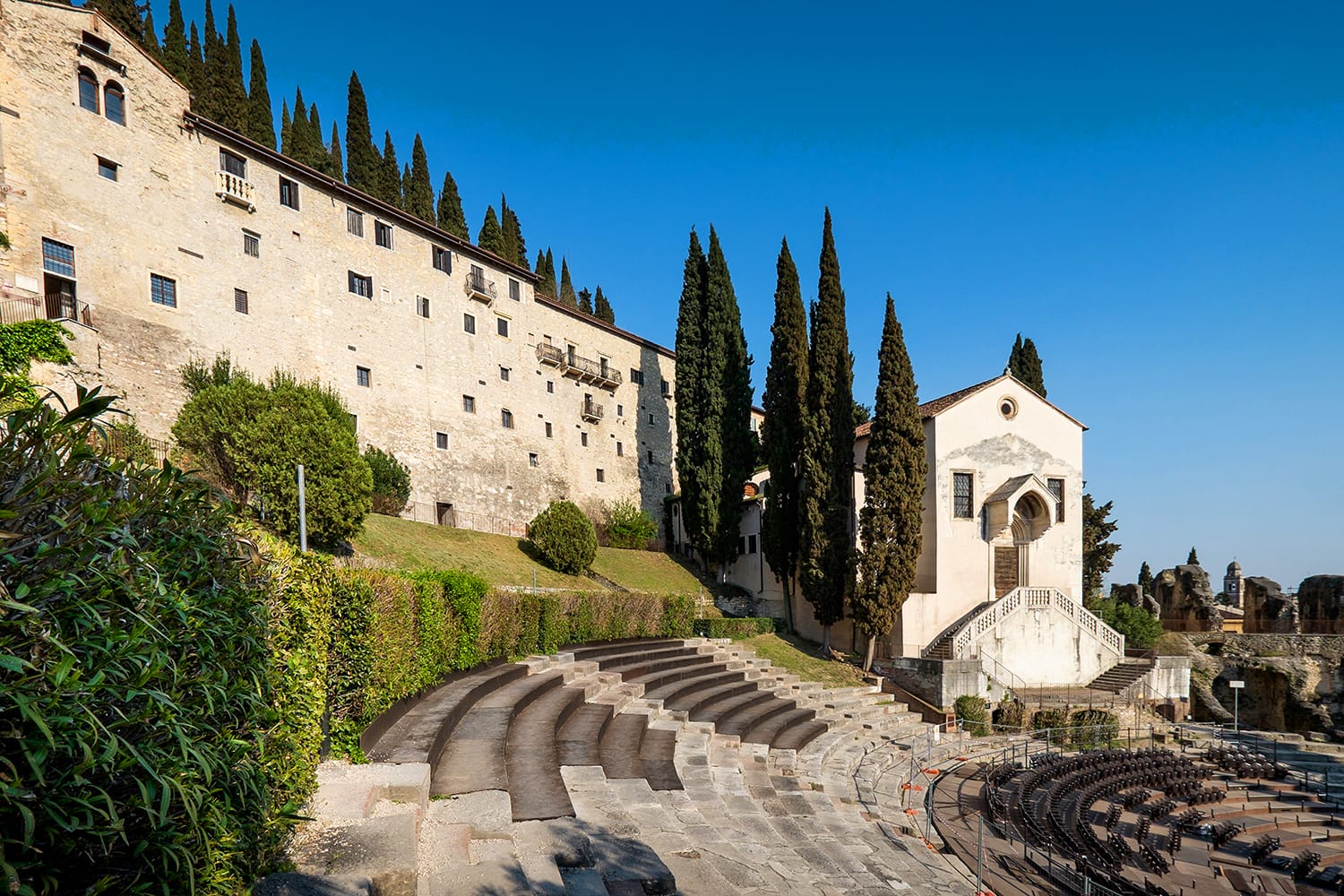
Castel San Pietro
Continuing up the hill from the Roman Theatre you will reach the Castel San Pietro. Perched on a hilltop overlooking the city of Verona, this 14th century castle was built by the viscount for its natural strategic advantage. While it’s not possible to visit inside the castle, you can enjoy unparalleled views of Verona from the panoramic terrace facing the river. It’s well worth the walk up!
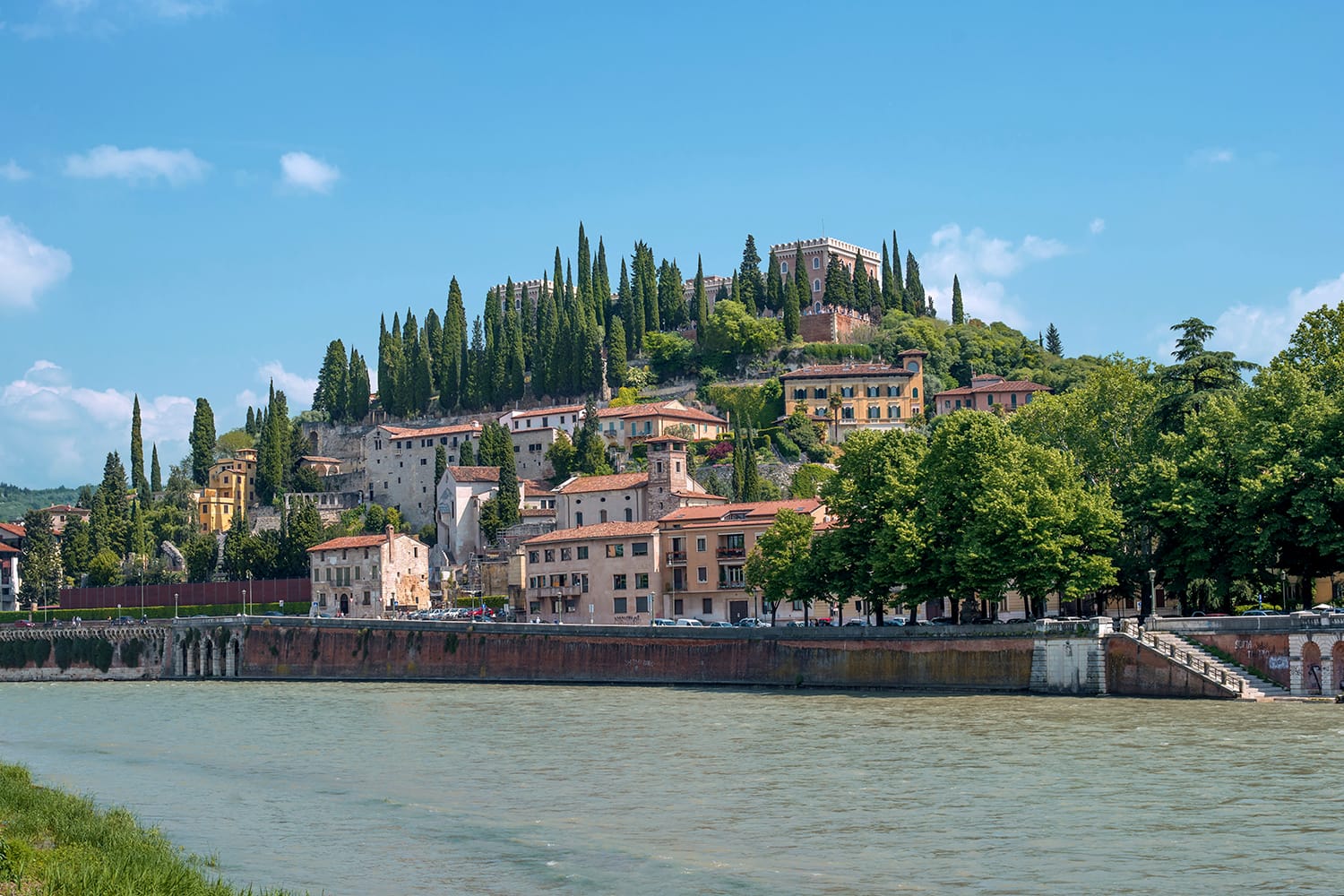
Palazzo Giardino Giusti
Moving parallel to the river you’ll come to your last stop, the lovely Renaissance gardens of the Giusti Palace. While the 16th century palace still stands, it’s the formal gardens here that are what people come to see. Finely landscaped and made up of several garden terraces, the Giusti Gardens are often considered one of the best Renaissance gardens in Europe. Besides garden terraces, there is also a hedge maze that was recreated after WWII.
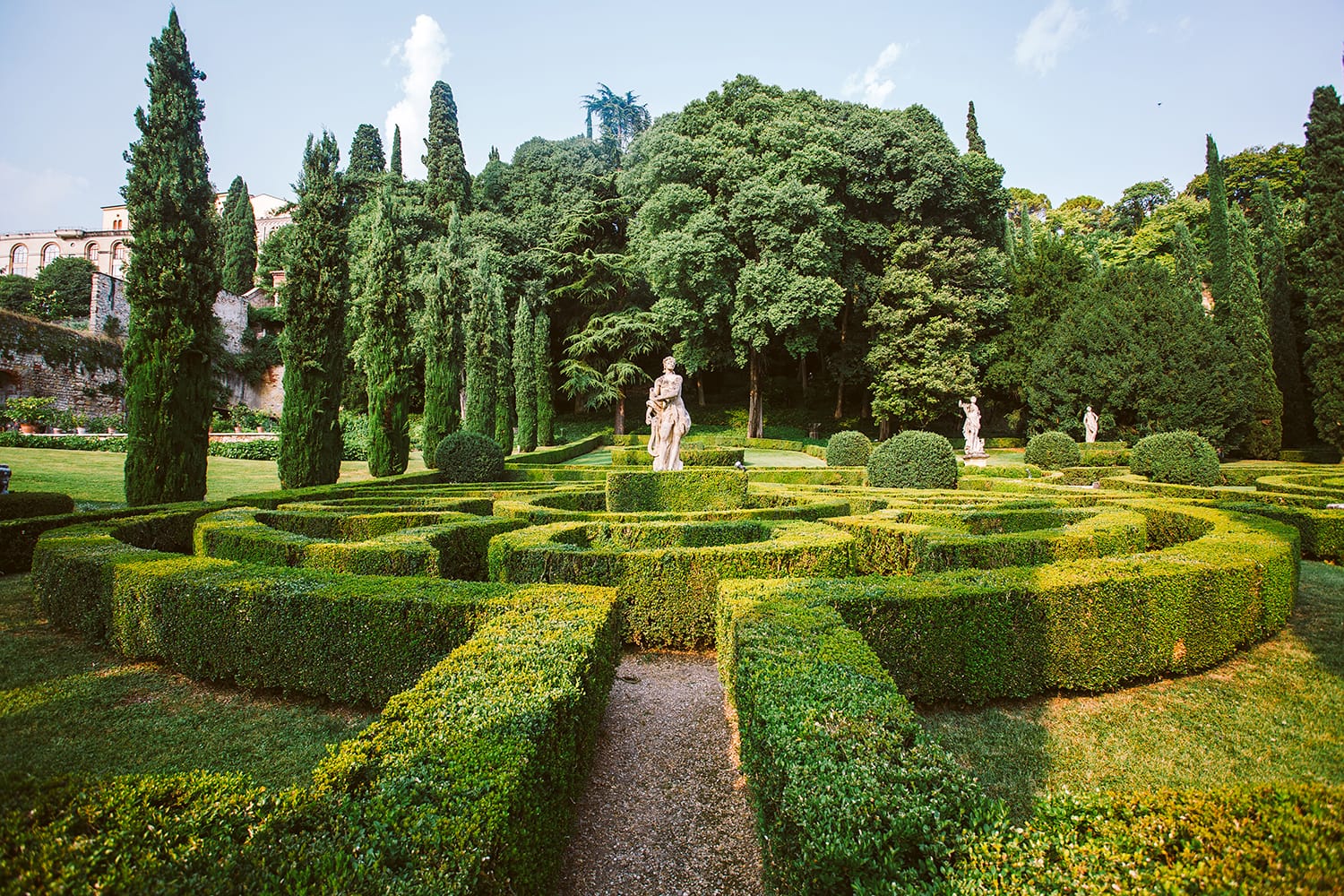
That just about sums up everything you need to know to visit Verona in 2 days. There’s clearly plenty to see in this splendid city and you should have no regrets about taking the time to see fair Verona. Make sure to also take a look at our other itineraries for popular Italian cities like Florence, Milan, Rome, and Bologna.
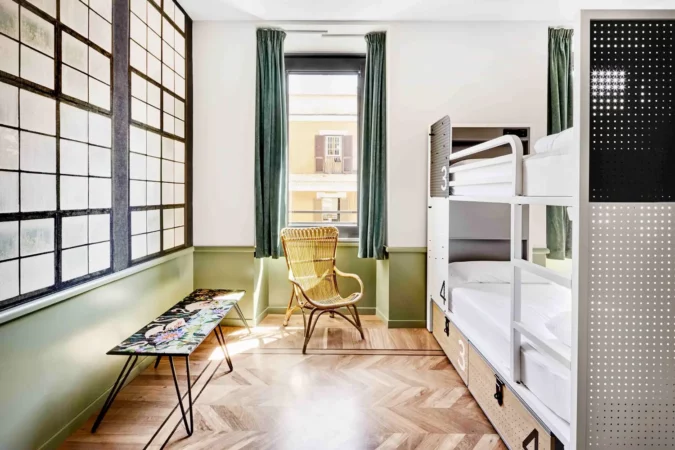
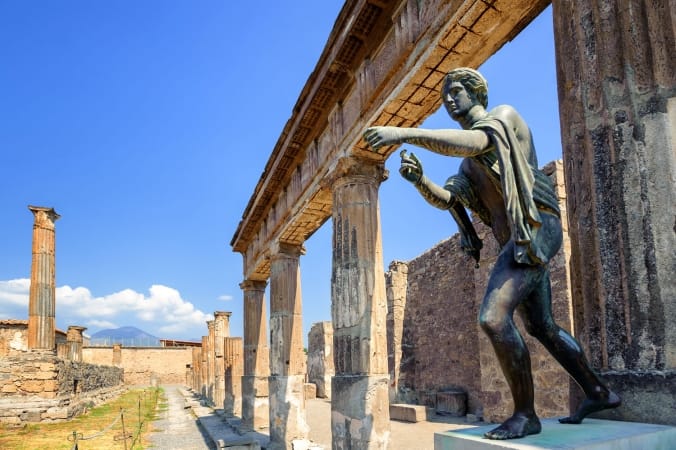

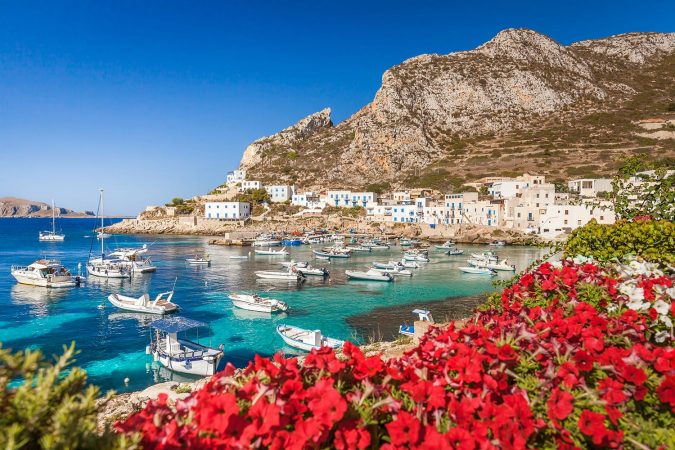
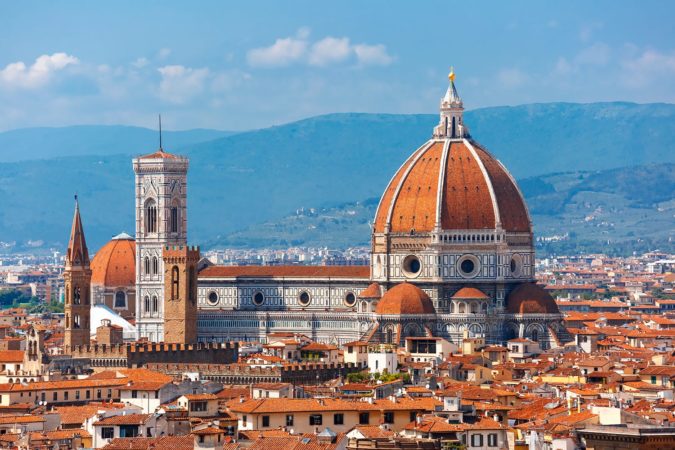
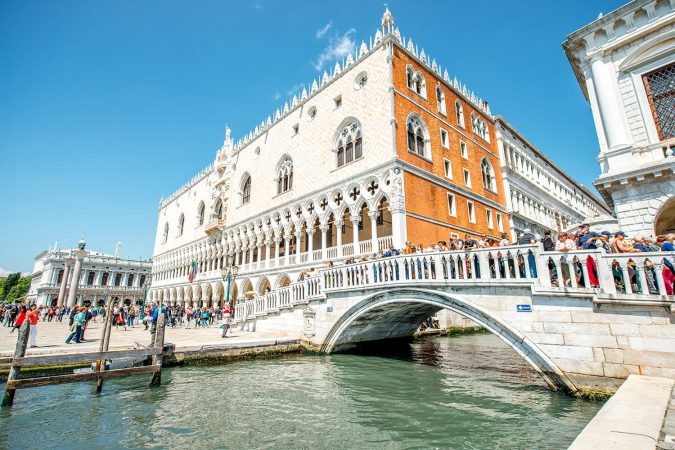

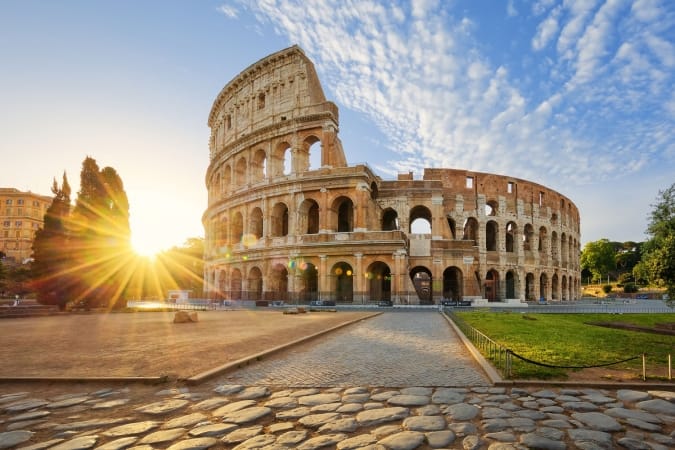
Comments